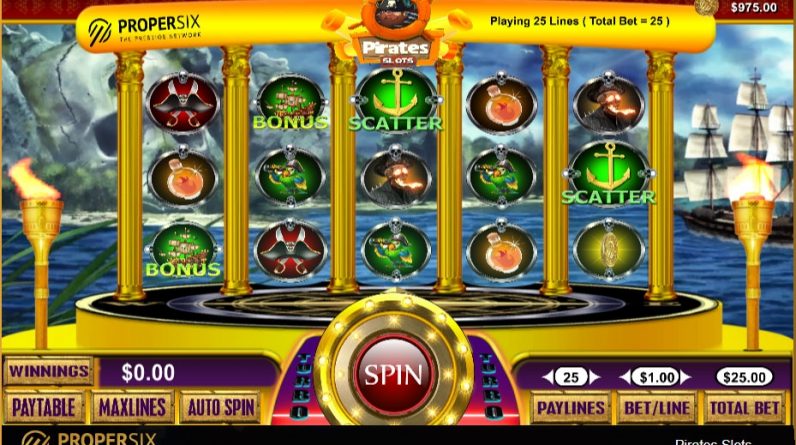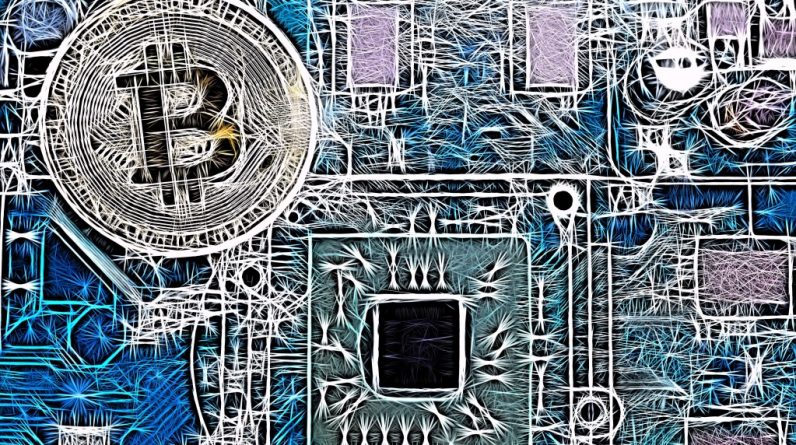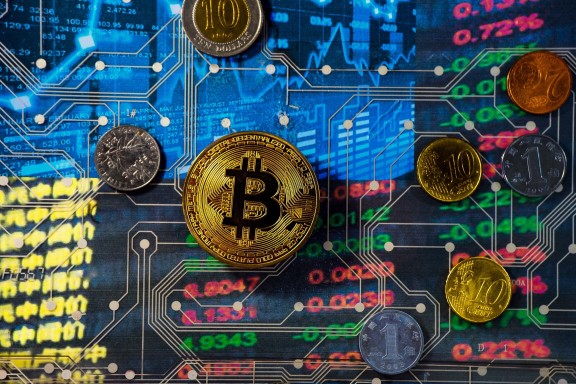
Every little boy’s (and many grown men’s) dream of making a living by playing video games is edging closer to reality. The recent release of HunterCoin and the in-development VoidSpace, games which reward players in digital currency rather than virtual princesses or gold stars point towards a future where one’s ranking on a scoreboard could be rewarded in dollars, and sterling, euros and yen.
The story of the millionaire (virtual) real estate agent…
Digital currencies have been slowly gaining in maturity both in terms of their functionality and the financial infrastructure that enables them to be used as a credible alternative to non-virtual fiat currency. Though Bitcoin, the 1st and most well known of the crypto-currencies was created in 2009 there have been forms of virtual currencies used in video games for more than 15 years. 1997’s Ultima Online was the first notable attempt to incorporate a large scale virtual economy in a game. Players could collect gold coins by undertaking quests, battling monsters and finding treasure and spend these on armour, weapons or real estate. This was an early incarnation of a virtual currency in that it existed purely within the game though it did mirror real world economics to the extent that the Ultima currency experienced inflation as a result of the game mechanics which ensured that there was a never ending supply of monsters to kill and thus gold coins to collect.
Released in 1999, EverQuest took virtual currency gaming a step further, allowing players to trade virtual goods amongst themselves in-game and though it was prohibited by the game’s designer to also sell virtual items to each other on eBay. In a real world phenomenon which was entertainingly explored in Neal Stephenson’s 2011 novel Reamde, Chinese gamers or ‘gold farmers’ were employed to play EverQuest and other such games full-time with the aim of gaining experience points so as to level-up their characters thereby making them more powerful and sought after. These characters would then be sold on eBay to Western gamers who were unwilling or unable to put in the hours to level-up their own characters. Based on the calculated exchange rate of EverQuest’s currency as a result of the real world trading that took place Edward Castronova, Professor of Telecommunications at Indiana University and an expert in virtual currencies estimated that in 2002 EverQuest was the 77th richest country in the world, somewhere between Russia and Bulgaria and its GDP per capita was greater than the People’s Republic of China and India.
Launched in 2003 and having reached 1 million regular users by 2014, Second Life is perhaps the most complete example of a virtual economy to date whereby it’s virtual currency, the Linden Dollar which can be used to buy or sell in-game goods and services can be exchanged for real world currencies via market-based exchanges. There were a recorded $3.2 billion in-game transactions of virtual goods in the 10 years between 2002-13, Second Life having become a marketplace where players and businesses alike were able to design, promote and sell content that they created. Real estate was a particularly lucrative commodity to trade, in 2006 Ailin Graef became the 1st Second Life millionaire when she turned an initial investment of $9.95 into over $1 million over 2.5 years through buying, selling and trading virtual real estate to other players. Examples such as Ailin are the exception to the rule however, only a recorded 233 users making more than $5000 in 2009 from Second Life activities.
How to be paid in dollars for mining asteroids…
To date, the ability to generate non-virtual cash in video games has been of secondary design, the player having to go through non-authorised channels to exchange their virtual booty or they having to possess a degree of real world creative skill or business acumen which could be traded for cash. This could be set to change with the advent of video games being built from the ground up around the ‘plumbing’ of recognised digital currency platforms. The approach that HunterCoin has taken is to ‘gamify’ what is typically the rather technical and automated process of creating digital currency. Unlike real world currencies that come into existence when they are printed by a Central bank, digital currencies are created by being ‘mined’ by users. The underlying source code of a particular digital currency that allows it to function is called the blockchain, an online decentralised public ledger which records all transactions and currency exchanges between individuals. Since digital currency is nothing more than intangible data it is more prone to fraud than physical currency in that it is possible to duplicate a unit of currency thereby causing inflation or altering the value of a transaction after it has been made for personal gain. To ensure this does not happen the blockchain is ‘policed’ by volunteers or ‘miners’ who test the validity of each transaction that is made whereby with the aid of specialist hardware and software they ensure that data has not been tampered with. This is an automatic process for miner’s software albeit an extremely time consuming one which involves a lot of processing power from their computer. To reward a miner for verifying a transaction the blockchain releases a new unit of digital currency and rewards them with it as an incentive to keep maintaining the network, thus is digital currency created. Because it can take anything from several days to years for an individual to successfully mine a coin groups of users combine their resources into a mining ‘pool’, using the joint processing power of their computers to mine coins more quickly.
HunterCoin the game sits within such a blockchain for a digital currency also called HunterCoin. The act of playing the game replaces the automated process of mining digital currency and for the first time makes it a manual one and without the need for expensive hardware. Using strategy, time and teamwork, players venture out onto a map in search of coins and on finding some and returning safely to their base (other teams are out there trying to stop them and steal their coins) they can cash out their coins by depositing them into their own digital wallet, typically an app designed to make and receive digital payments. 10% of the value of any coins deposited by players go to the miners maintaining HunterCoin’s blockchain plus a small percent of any coins lost when a player is killed and their coins dropped. While the game graphics are basic and significant rewards take time to accumulate HunterCoin is an experiment that might be seen as the first video game with monetary reward built in as a primary function.
Though still in development VoidSpace is a more polished approach towards gaming in a functioning economy. A Massively Multiplayer Online Roleplaying Game (MMORPG), VoidSpace is set in space where players explore an ever-growing universe, mining natural resources such as asteroids and trading them for goods with other players with the goal of building their own galactic empire. Players will be rewarded for mining in DogeCoin, a more established form of digital currency which is currently used widely for micro-payments on various social media sites. DogeCoin will also be currency of in-game trade between players and the means to make in-game purchases. Like HunterCoin, DogeCoin is a legitimate and fully functioning digital currency and like HunterCoin it can be traded for both digital and real fiat currencies on exchanges like Poloniex.
The future of video games?
Though it is early days in terms of quality the release of HunterCoin and VoidSpace is an interesting indication of what could be the next evolution for games. MMORPG’s are currently being considered as ways to model the outbreak of epidemics as a result of how player’s reactions to an unintended plague mirrored recorded hard-to-model aspects of human behaviour to real world outbreaks. It could be surmised that eventually in-game virtual economies could be used as models to test economic theories and develop responses to massive failures based on observations of how players use digital currency with real value. It is also a good test for the functionality and potential applications of digital currencies which have the promise of moving beyond mere vehicles of exchange and into exciting areas of personal digitial ownership for example. In the mean time, players now have the means to translate hours in front of a screen into digital currency and then dollars, sterling, euros or yen.
But before you quit your day job…
… it’s worth mentioning current exchange rates. It’s estimated that a player could comfortably recoup their initial registration fee of 1.005 HunterCoin (HUC) for joining HunterCoin the game in 1 day’s play. Currently HUC cannot be exchanged directly to USD, one must convert it into a more established digital currency like Bitcoin. At the time of writing the exchange rate of HUC to Bitcoin (BC) is 0.00001900 while the exchange rate of BC to USD is $384.24. 1 HUC traded to BC and then to USD, before any transaction fees were taken into consideration would equate to… $0.01 USD. This is not to say that as a player becomes more adept that they could not grow their team of virtual CoinHunters and maybe employ a few ‘bot’ programmes that would automatically play the game under the guise of another player and earn coins for them as well but I think it’s safe to say that at the moment even efforts like this might only realistically result in enough change for a daily McDonalds. Unless players are willing to submit to intrusive in-game advertising, share personal data or join a game such as CoinHunter that is built on the Bitcoin blockchain it is improbable that rewards are ever likely to be more than micro-payments for the casual gamer. And maybe this is a good thing, because surely if you get paid for something it stops being a game any more?




